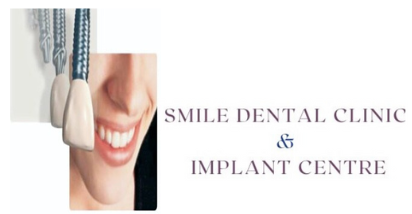The dental industry is rapidly evolving, and staying ahead of the curve requires the adoption of cutting-edge technologies. Modern dental practices need to integrate advanced tools not only to enhance patient care but also to streamline operations, improve accuracy, and boost overall efficiency. Here’s a look at the top 10 must-have dental technologies that are revolutionizing the dental landscape and why you need them.
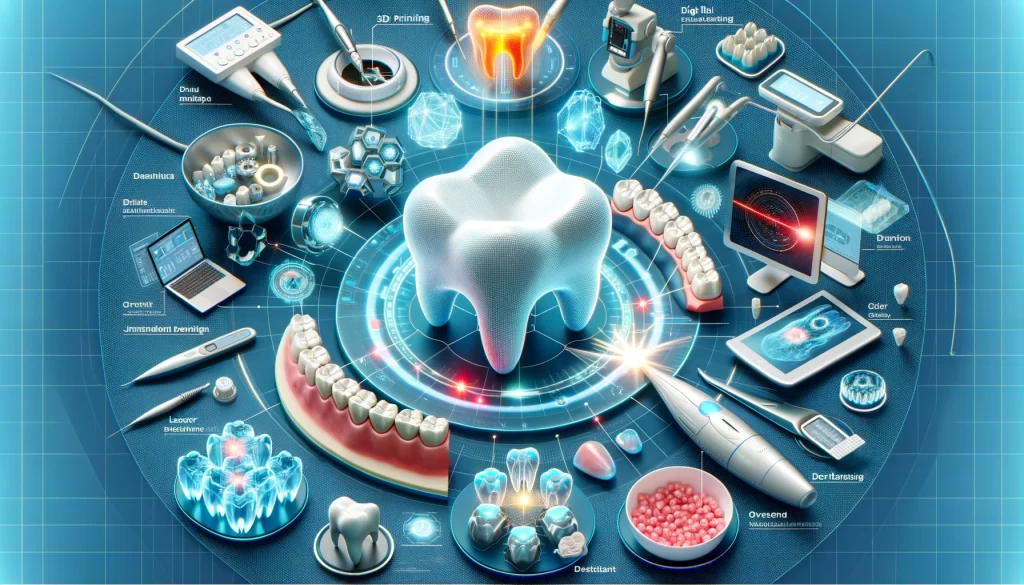
1. Intraoral Scanners
Intraoral scanners are a game-changer in digital dentistry. These devices eliminate the need for traditional, messy impressions by capturing high-precision digital images of a patient’s teeth, which are then used to create detailed 3D models. This dental technologies enhance the quality of dental impressions, offering a much more comfortable and efficient alternative to traditional moldings.
Key Features:
- High-speed scanning for quick and accurate digital impressions.
- Color scanning capabilities to match restorations with the patient’s natural teeth.
- Direct lab sharing, streamlining communication between the dentist and dental laboratory.
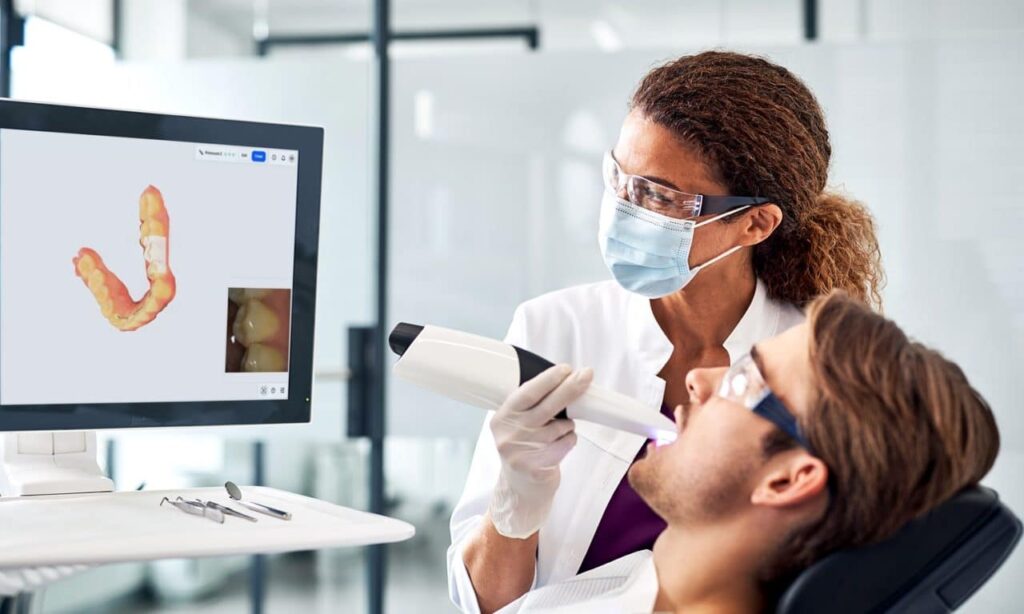
2. Digital X-Ray Systems
The digital X-ray system is an essential piece of technology in modern dentistry. Unlike traditional X-rays, which require film development, digital X-rays capture high-quality images instantly. Systems like the Xpect Vision Intraoral Sensor and Runyes Portable X-Ray improve diagnostic accuracy and enhance patient safety by using lower radiation doses.
Key Features:
- Instant image access for quicker diagnosis.
- Lower radiation exposure, ensuring patient safety.
- Portable options for flexibility and mobile usage.
Digital X-rays are more efficient and allow for better diagnosis, treatment planning, and monitoring of patient progress.
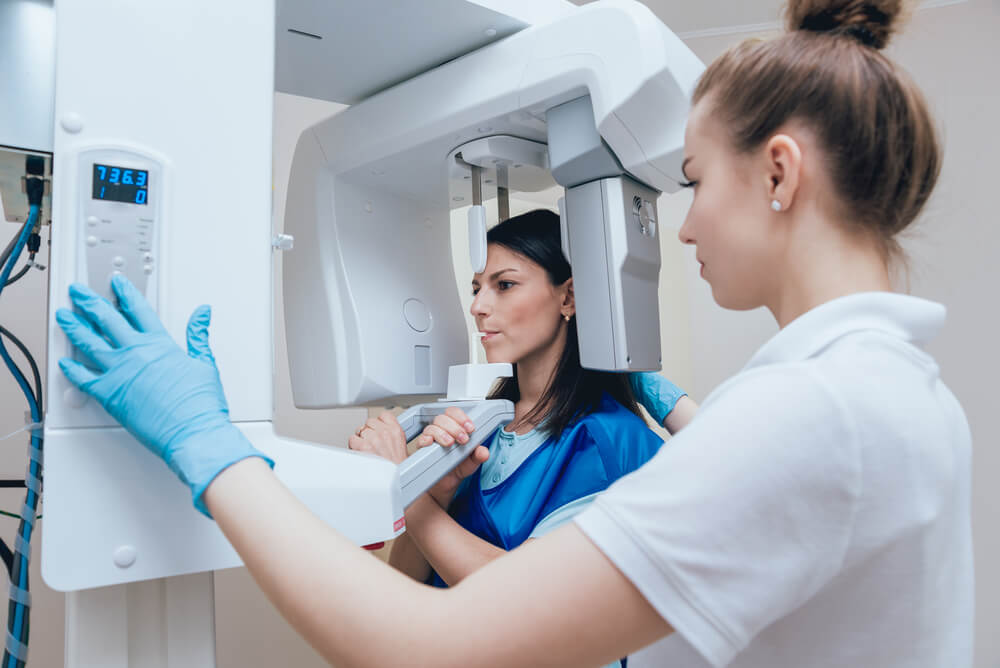
3. 3D Dental Printers
3D printing has transformed the way dental prosthetics and orthodontic devices are created. With printers like the Elegoo Saturn 3, dental practices can manufacture highly customized crowns, retainers, aligners, and other dental appliances with incredible precision.
Key Features:
- Reduces turnaround time for custom dental devices.
- Improves fit and comfort with patient-specific designs.
- Lowers costs by eliminating outsourcing to external labs.
3D printing allows for faster treatments and more accurate, tailored solutions, significantly enhancing patient satisfaction.
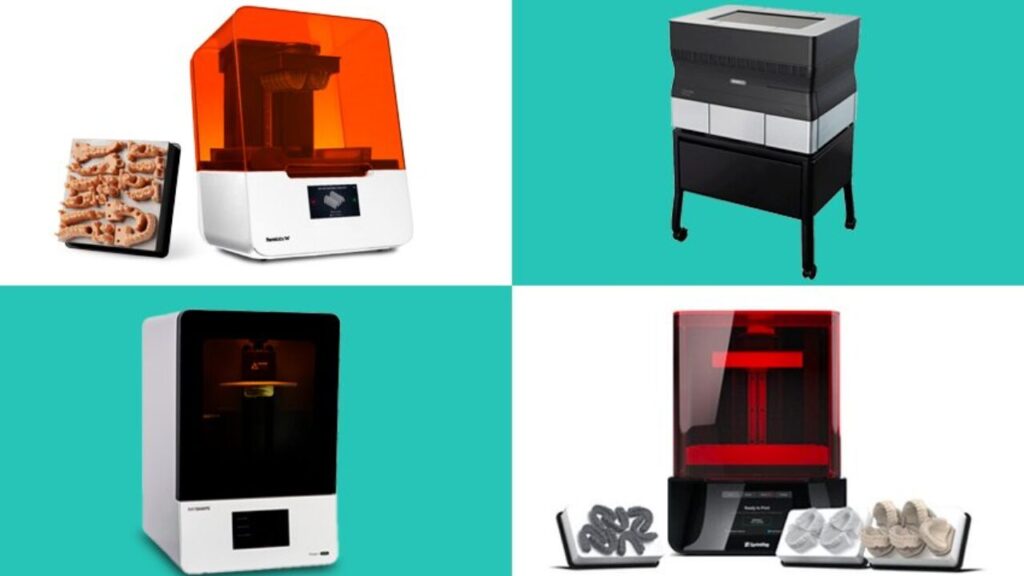
4. Dental Lasers
Dental lasers are one of the best dental technologies, it has drastically changed soft and hard tissue procedures by offering precision, reduced discomfort, and faster healing times. The Biolase Epic X and Biolase Waterlase iPlus lasers are examples of devices that are effective for a variety of procedures, including gum surgeries, teeth whitening, and cavity treatments.
Key Features:
- Minimizes pain and discomfort.
- Reduces bleeding and swelling, speeding up recovery times.
- Offers greater precision, preserving more healthy tissue.
Lasers allow dental professionals to perform procedures that are more comfortable for patients and deliver faster, more successful outcomes.
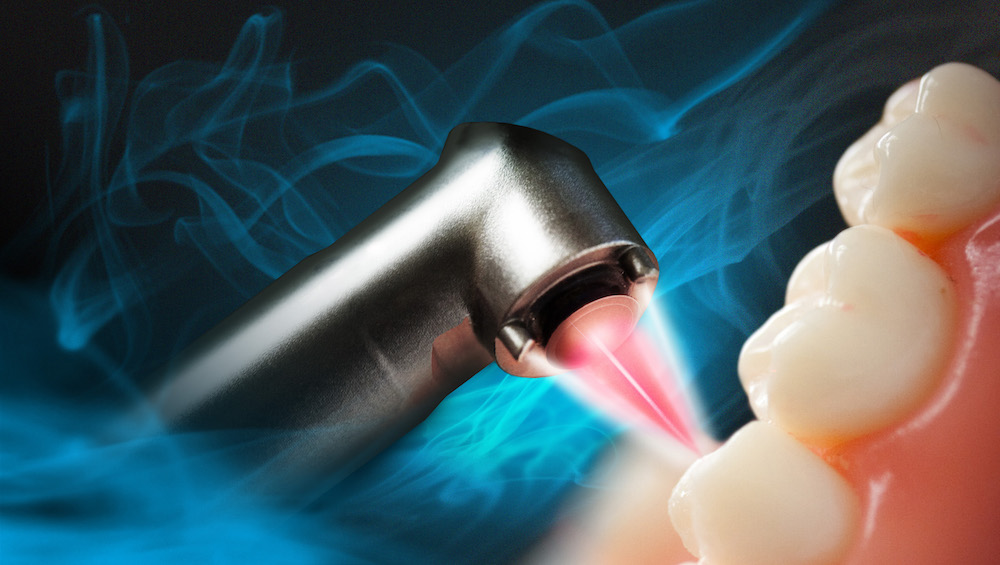
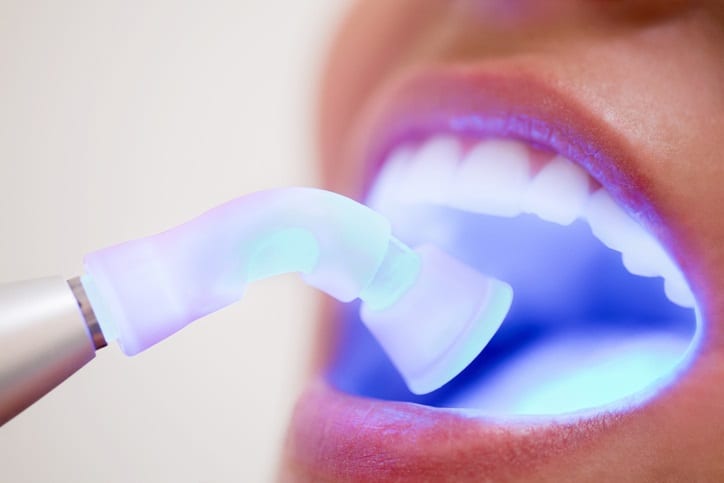
5. CAD/CAM Systems
CAD/CAM (Computer-Aided Design and Computer-Aided Manufacturing) systems like the DG Shape DWX-52Di Plus Milling Machine have revolutionized the production of dental restorations. These systems enable dental practices to design and create crowns, veneers, and other prosthetics in-house, reducing the need for external labs and minimizing the time between appointments.
Key Features:
- Faster restoration fabrication—often completed in one visit.
- Greater precision and a better fit.
- Reduced need for multiple visits, improving patient convenience.
With CAD/CAM technology, your practice can provide quick, accurate, and highly customized dental restorations, enhancing patient satisfaction.
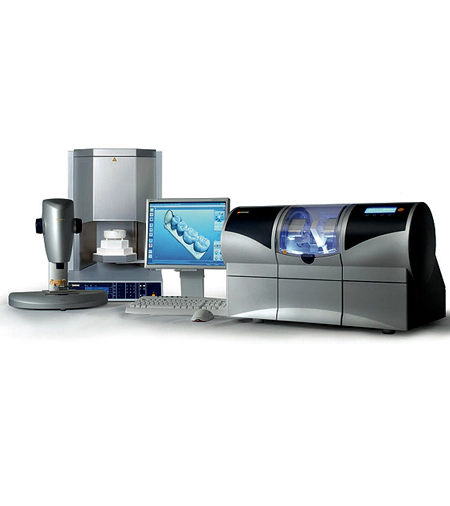
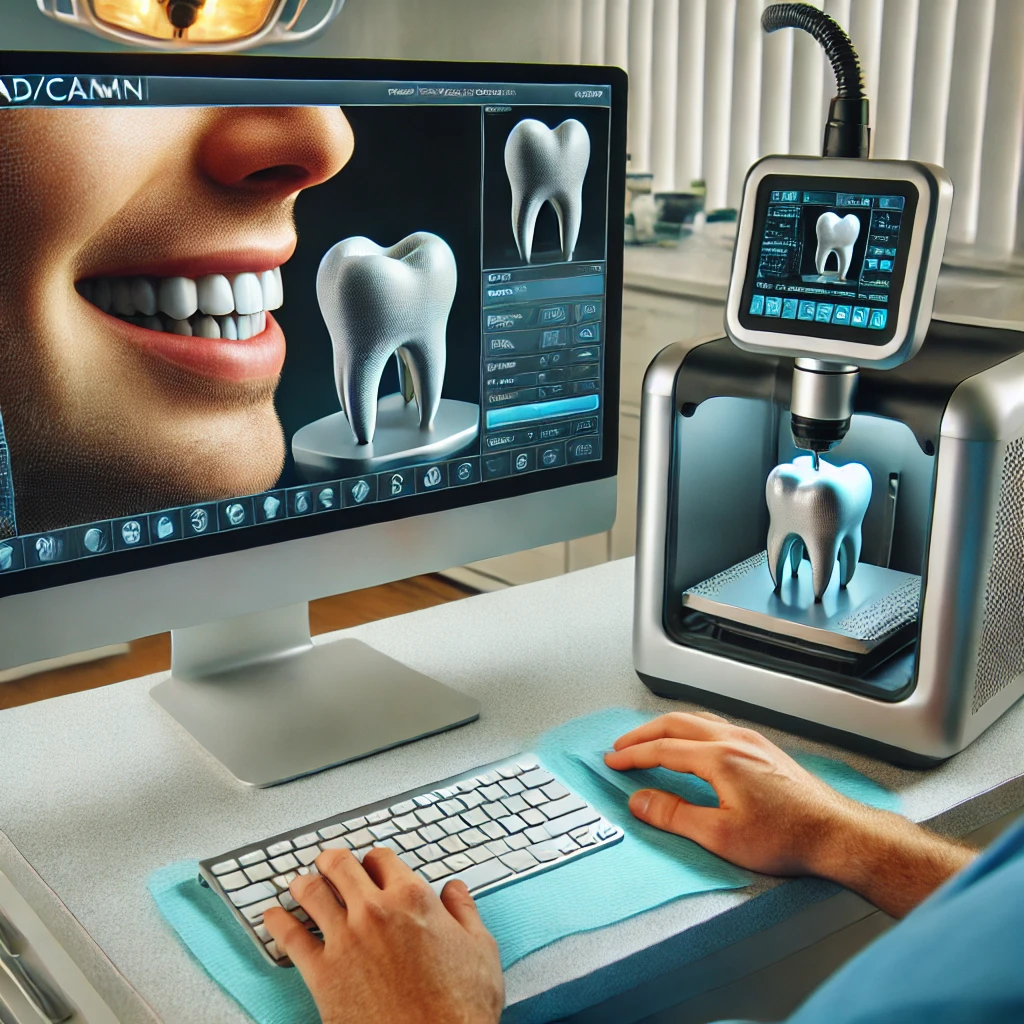
6. Advanced Imaging Software
Advanced imaging software like Invivo 7.0 integrates with X-ray and 3D imaging systems to provide detailed views of a patient’s dental and facial structures. This enables more accurate diagnosis, planning for complex treatments such as implants and surgeries, and better visualization of bone structures and tooth positioning.
Key Features:
- In-depth analysis of dental and maxillofacial conditions.
- Helps in predicting treatment outcomes and reducing complications.
- Improves communication with patients, leading to better informed consent.
These dental technologies allow for more effective treatment planning, boosting the overall success of procedures and ensuring better patient outcomes.
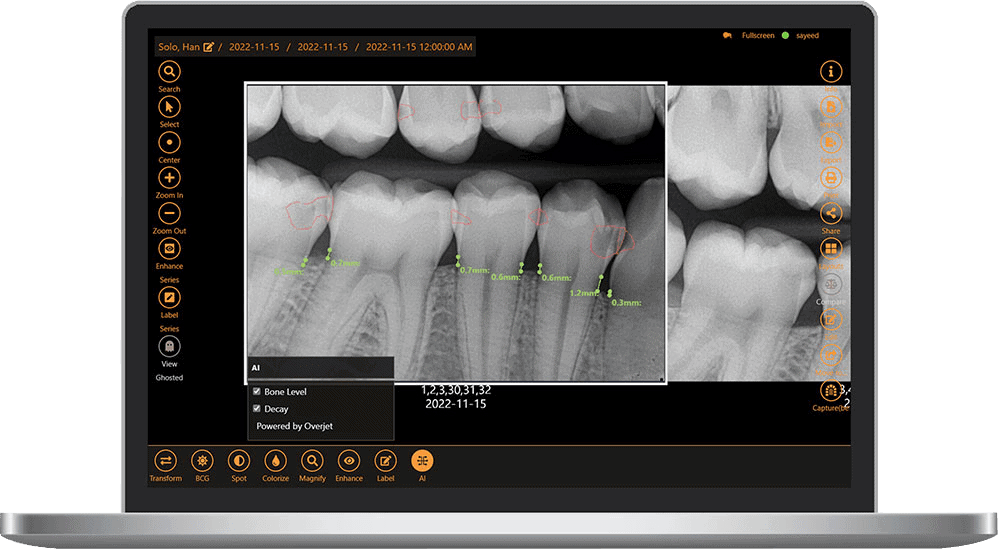
7. Virtual Reality (VR) and Augmented Reality (AR)
Virtual Reality (VR) and Augmented Reality (AR) technologies are increasingly used to enhance both patient education and professional training. These immersive technologies help patients visualize their dental conditions and understand treatment options, which often leads to higher treatment acceptance rates.
Key Features:
- Educates patients about their conditions and treatment plans.
- Improves understanding and reduces anxiety.
- Serves as a training tool for dental professionals to practice procedures in a virtual environment.
By incorporating VR and AR, your practice can foster better patient engagement and satisfaction, leading to a more informed and trusting relationship.
8. Artificial Intelligence (AI): Smarter Diagnostics and Treatment
Artificial Intelligence (AI) is transforming dentistry by offering predictive analytics and enhancing diagnostic capabilities. AI-driven systems can detect issues early, customize treatment plans, and even predict the outcomes of certain procedures, all of which lead to better decision-making.
Key Features:
- Improves diagnostic accuracy by analyzing large amounts of data.
- Provides predictive insights for treatment planning.
- Enhances patient care by offering personalized treatment solutions.
AI is a powerful tool for improving diagnostic precision, treatment planning, and overall patient outcomes, positioning your practice as a cutting-edge provider of dental care.

9. Patient Management Software
Patient management software integrates all administrative tasks, from scheduling appointments to tracking patient histories, ensuring seamless workflow within the practice. Systems like Dentrix and Open Dental offer features such as automated reminders, patient portals, and billing, making administrative tasks much easier.
Key Features:
- Streamlines appointment scheduling and patient communication.
- Tracks patient histories and treatment plans for personalized care.
- Enhances the overall efficiency of practice management.
With efficient patient management software, you can spend less time on administrative tasks and focus more on delivering exceptional care.
10. Teledentistry: Expanding Reach and Accessibility
Teledentistry allows for remote consultations, enabling dental professionals to assess patients’ needs through video calls or digital communication. This technology is particularly useful for follow-up appointments, second opinions, and reaching patients in remote areas.
Key Features:
- Expands your practice’s accessibility to patients in underserved areas.
- Reduces unnecessary visits and wait times.
- Offers convenience for follow-ups and minor consultations.
By integrating teledentistry into your practice, you can enhance patient accessibility and convenience, offering more flexible treatment options.

Conclusion
Integrating modern dental technologies into your practice is no longer optional—it’s essential for staying competitive and providing top-quality care. From intraoral scanners and digital X-ray systems to 3D printers and AI-driven diagnostics, each of these innovations plays a crucial role in enhancing both patient outcomes and practice efficiency.
By adopting these dental technologies, your dental practice will not only streamline operations but also create a more patient-centered experience that ensures comfort, accuracy, and satisfaction. Stay ahead in the evolving world of dentistry and invest in these must-have dental technologies today.
Visit our website to learn more for the best dental clinic.
Visit our clinic: https://maps.app.goo.gl/UdPyb29ifdBcCKMA9

